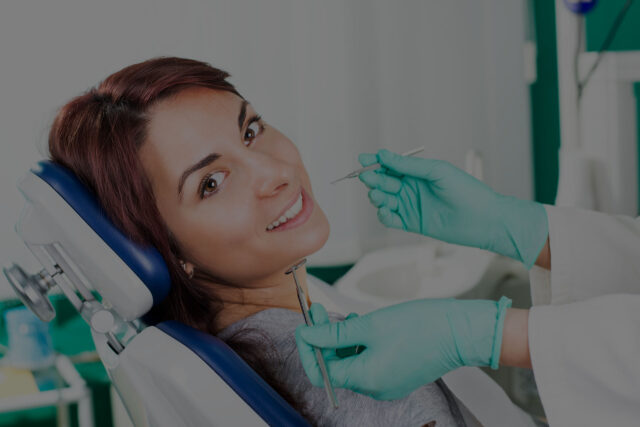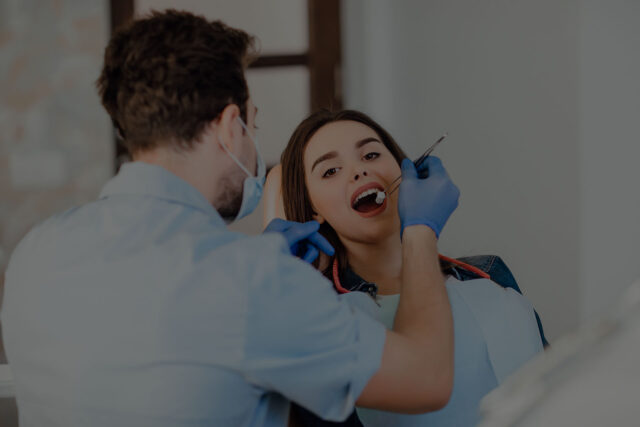Children's dentistry
Depending on the health of the child’s teeth, regular visits to the pediatric dentist will be once every six months or once a year, depending on the child’s oral hygiene and dental development. The pediatric dentist is also responsible for treating children with special needs, such as physical, mental or sensory disabilities.
Dental Fillings
Pulpotomy
Application of fluoride
Orthodontics



Interceptive orthodontics (removable appliances)
It consists of dental appliances that can be placed and removed at different times of the day. This is usually used in young children because they still have temporary, growing teeth. These are plates reconstructed in mixed materials that bear the weight of the teeth with hooks. Their function is to take care of the posterior crossbones and expand the jawbone so that the teeth can move and settle.
They are efficient because of their ease of use and because younger children can learn how to use them without having their parents behind them to remind them how to put them on. Its method of use is to place it once a day for an extended period of time to be specified by the dentist.
Fixed orthodontics (appliances)
Among the fixed devices, the most popular are brackets, which can be considered the main orthodontic devices most used in the world. They can be used after the loss of most of the primary teeth, which occurs after the age of 10 years and above. It should be noted that there is not just one type of bracket, so here we will explain a little more about each material:
Metal Braces: These are the classic and basic braces; their price is quite low, but it should be noted that they are much more visible than others.
Sapphire Braces: They have a higher cost, but they tend to be more pleasing to the eye because they are not as visible. In fact, depending on the color of the tooth, they can merge with its enamel.
Porcelain or Ceramic Braces: While they are slightly more aesthetically pleasing than metal braces, they tend to stain after a long period of use, so if you’re looking for something transparent, this isn’t a good option.
Hidden lingual braces: They are the most expensive, but they are completely invisible, so the child will not worry about their appearance, since all the braces are inserted inside the tooth. In our specialized dental clinic for children in Tirana, we are experts in orthodontic equipment and this type of technique.
